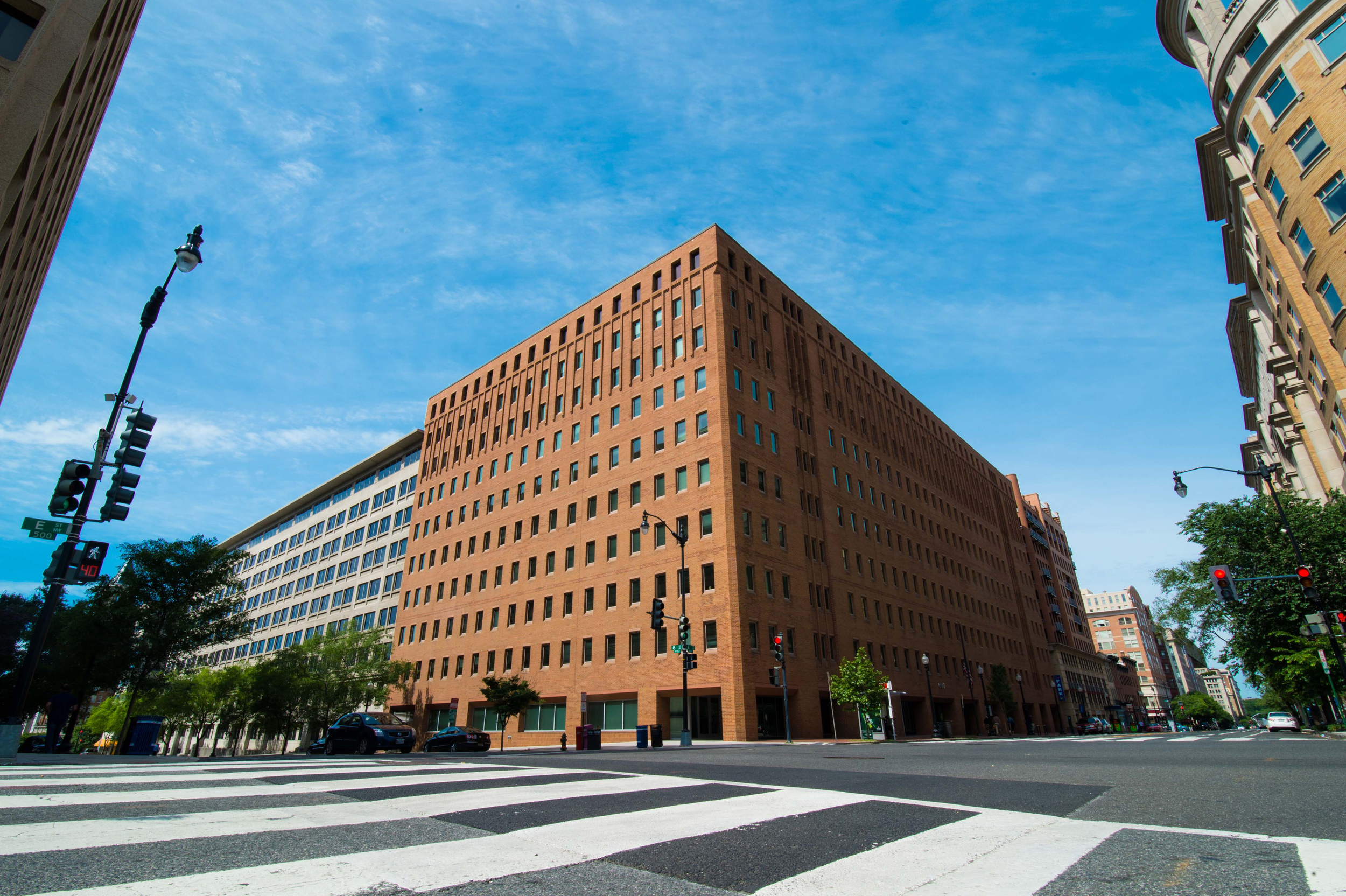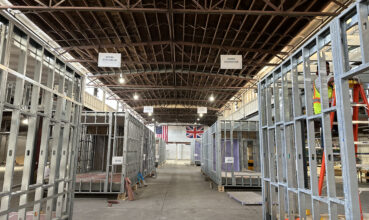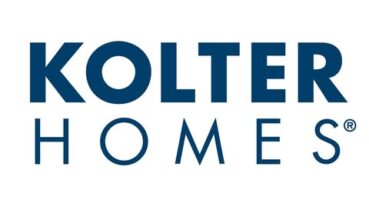The multi-family real estate market in the Midwest is showing encouraging signs of recovery after a challenging 2023, according to Jack Friskney, a prominent multi-family broker at Marcus &a...
Washington D.C.'s Government Town Becomes a Mixed-Use Destination




With office vacancy rates nearing 20% and many older buildings failing to draw tenants, Washington, D.C. is confronting a major commercial real estate challenge. At the same time, city officials and developers see potential to rethink and repurpose parts of the nation’s capital.
“Real estate evolves over time. It changes. It shouldn’t be something that stays the same forever. Change is inevitable,” observes Josh Simon, Principal at CPG, describing Washington D.C.’s shift from a government-dominated office district to a mixed-use urban center.
The Divided Office Market
Increased residential density is widely seen as key to revitalizing downtown Washington, D.C. “More people living downtown is a good thing. It makes the downtown area feel more vibrant when people are living there,” said David Simon.
Interest in housing in the city center remains strong. “There’s significant demand for for-sale residential product, and land values continue to appreciate in a way we’ve not experienced in some time,” Simon added. That appetite includes both rental and ownership options, creating multiple avenues for repositioning underused office space.
Residential Conversion Creates Livelier Neighborhoods
“More people living downtown is a good thing. It makes the downtown area feel more vibrant when people are living there,” said David Simon. His comment echoes a broader consensus: continuous activity is key to revitalizing urban cores.
He notes strong interest in for-sale residential properties, adding, “There’s significant demand for residential product, and land values continue to appreciate in a way we’ve not experienced in some time.” That appetite spans both rental and ownership opportunities, creating multiple pathways for successful conversions.
Creating Integrated Urban Environments
Successful redevelopment projects are moving beyond simple office-to-residential conversions. Instead, they are emphasizing integrated mixed-use environments. Simon’s firm is applying this model to 600 E Street, a 330,000-square-foot former Department of Justice building now slated for transformation.
“We’re talking to market-rate residential developers, hospitality, hotel operators, office groups, and various other organizations,” Simon said. The flexibility in use reflects a shift in development strategy.
A central component of this approach is activating the street level. “One of the things we’re looking at is place-making with a retail anchor on the ground level,” Simon said of the 600 E Street project. “When you create energy on the ground floor, it makes everything you do upstairs, whether hotel, residential, or office, a much more marketable, leasable, and financially viable project.”
Washington, D.C.’s Diversifying Economy
While federal government presence remains a cornerstone of Washington, D.C.’s economy, the city’s employment base has diversified significantly. “There’s substantial private industry, and this is a phenomenal place to live. It’s a highly educated workforce, and there are many opportunities beyond working in and around the federal government,” Simon points out.
This economic diversification strengthens the case for residential and mixed-use development. Technology companies, healthcare organizations, educational institutions, and professional services firms now represent a substantial portion of the region’s employment, bringing workers who often prefer urban living environments.
A New Development Cycle Begins
Despite challenges like escalating construction costs and financing difficulties in the current high-interest-rate environment, Simon remains optimistic: “There’s an incredible amount of activity since the latter part of last year… It feels like we’re at the beginning of a new cycle.”
This new cycle will likely feature continued office-to-residential conversions, strategic redevelopment of obsolete structures, integration of retail and entertainment uses, and innovative financing mechanisms to overcome capital constraints.
“I like more residential being built downtown, more people living downtown, because then that’ll feed restaurants and entertainment and other activities,” Simon explains, highlighting the interconnected nature of successful urban environments.
A More Vibrant, Diverse Capital City
The challenges facing D.C.’s office market have created the impetus for a transformation that may ultimately produce a more resilient urban core.
By embracing residential conversion, mixed-use development, and economic diversification, the city is evolving beyond just the seat of federal government by becoming a dynamic choice to live, work, and play.
As Simon notes, “Change is inevitable.” For Washington, D.C., that change is creating a more diverse, vibrant landscape that serves both longtime residents and newcomers seeking an authentic urban experience in the nation’s capital.
Similar Articles
Explore similar articles from Our Team of Experts.


“Tech is new for the sake of new. Real Estate is old for the sake of old,” observes Marc Zuluaga, co-founder and Chief Revenue Officer of Cadence OneFive. This tension between in...


In an era where affordable housing shortages plague communities across America, MMY US’s first US facility is leveraging innovative modular construction technology to dramatically accelera...


Naftali Credit Partners is making bold moves in the private credit space, with plans to raise a billion-dollar fund that would triple the size of its current lending platform. The ambitious ...


In an era where active adult communities are evolving beyond the traditional retirement village model, Kolter Homes is leveraging extensive customer research and flexible design options to c...




